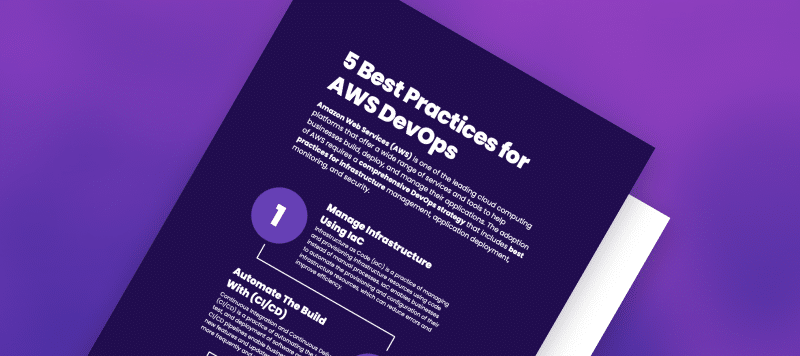Cloud DevOps is an approach that combines cloud computing and DevOps principles to deliver software applications and services more efficiently and effectively. The goal of Cloud DevOps is to provide a platform for continuous development, testing, deployment, and monitoring of applications on the cloud. This article will explain what Cloud DevOps is, its benefits, and best practices for implementing Cloud DevOps.
What is Cloud DevOps?
Cloud DevOps is the integration of cloud computing and DevOps methodologies. DevOps is a set of practices that combines software development (Dev) and IT operations (Ops) to shorten the systems development life cycle and deliver applications and services more rapidly and reliably. Cloud computing provides an on-demand, scalable, and flexible infrastructure for deploying and hosting applications.
Cloud DevOps takes advantage of cloud computing’s capabilities and flexibility to create a platform for continuous delivery, continuous integration, and continuous testing of software applications. By combining the power of cloud computing and DevOps principles, organizations can achieve faster time-to-market, better quality of code, and more reliable deployment.
Benefits of Cloud DevOps
Cloud DevOps offers many benefits to organizations, including:
- Faster time-to-market: Cloud DevOps allows organizations to develop and deploy software applications faster, reducing the time it takes to bring new products or services to market.
- Improved code quality: Cloud DevOps enables continuous integration and continuous testing, which helps to identify and fix bugs and errors in code before they make it to production.
- Better collaboration: Cloud DevOps promotes collaboration between developers, operations teams, and other stakeholders, leading to a better understanding of requirements and improved communication.
- Scalability and flexibility: Cloud computing provides on-demand infrastructure, making it easy to scale resources up or down as needed, and reducing the costs associated with maintaining and managing infrastructure.
- Reduced costs: Cloud DevOps reduces the costs associated with managing and maintaining infrastructure, as well as the costs of manual testing and deployment processes.
Best Practices for Cloud DevOps
To successfully implement Cloud DevOps, organizations should follow these best practices:
- Use automation: Automate as much of the development, testing, and deployment process as possible to reduce errors and increase efficiency.
- Implement continuous integration and continuous delivery: Continuously integrate code changes into the main branch, and automatically deploy code to production, ensuring that the latest changes are always available.
- Use microservices architecture: Break applications down into smaller, independent services, making it easier to deploy and scale individual services, and reducing the impact of failures.
- Monitor and measure performance: Use monitoring tools to track performance and usage metrics, and use this data to optimize and improve applications over time.
- Foster a culture of collaboration and experimentation: Encourage collaboration between teams and stakeholders, and create a culture that values experimentation, learning, and continuous improvement.
Conclusion
Cloud DevOps is a powerful approach that combines cloud computing and DevOps principles to deliver software applications and services more efficiently and effectively. By following best practices such as automation, continuous integration and delivery, microservices architecture, and monitoring and measurement, organizations can realize the benefits of Cloud DevOps, including faster time-to-market, improved code quality, better collaboration, scalability and flexibility, and reduced costs. As organizations continue to embrace cloud computing and DevOps methodologies, Cloud DevOps is likely to become an increasingly important tool for delivering software applications in a fast-paced and rapidly changing business environment. Reach out to the Valtira team of experts to learn more.

